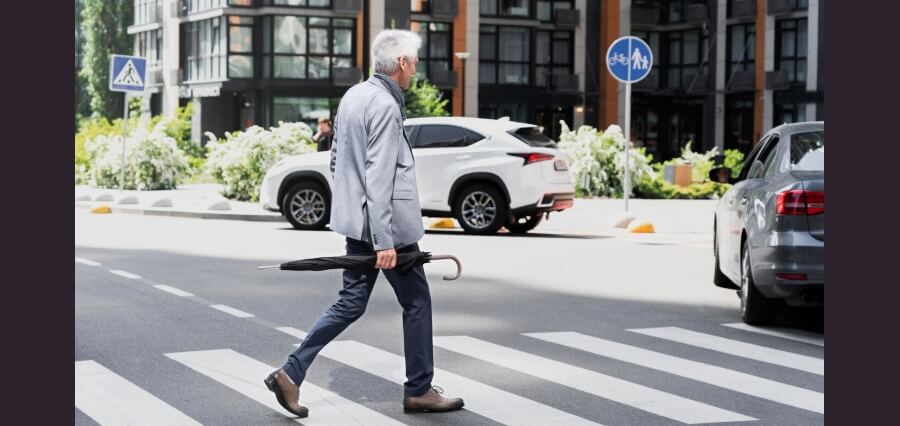Pedestrian safety is a significant concern in Pennsylvania, highlighted by the distressing statistic of 201 pedestrian fatalities in a recent year. These incidents underscore the urgent need for effective legal action to seek justice and compensation for victims and their families. Pedestrian accidents often involve complex liability issues, with factors such as driver negligence, pedestrian behavior, and environmental conditions all playing a role. Building a strong case requires a thorough understanding of these elements and how they interact under Pennsylvania law.
To successfully navigate the complexities of pedestrian accident claims, obtaining expert legal guidance is crucial. A free case evaluation with a specialized attorney can provide a solid foundation for understanding your legal rights and the potential avenues for compensation. This evaluation is an opportunity to discuss the specifics of the incident, gather preliminary advice, and plan the next steps in building a compelling case.
Step 1: Collecting Evidence at the Scene of the Incident
It is vital to gather evidence following a pedestrian accident. This entails capturing photographs of the accident location and any damaged vehicles involved (if the victim’s injuries and any other contributing factors. Additionally, witness testimonies and police reports are crucial in determining liability.
Step 2: Seeking Medical Attention and Recording Injuries
After a pedestrian accident, victims must promptly seek medical care. This prioritizes their well-being and establishes official documentation of their injuries. Medical records that outline diagnoses, treatments received, prescribed medications, and the long-term effects on health can significantly bolster their case.
Step 3: Professional Evaluation for Determining Responsibility
Expert viewpoints often play a role in constructing an argument in pedestrian accident lawsuits. Engaging specialists such as accident reconstruction experts or forensic engineers aid in determining liability. These professionals evaluate factors like vehicle speed, the relationship between parties’ movements over time and distance, driver conduct, and road conditions—ultimately aiding in presenting a case for securing compensation.
Step 4: Proving Negligence or Blame
In legal systems globally, proving negligence or fault is vital for successfully litigating a pedestrian accident claim. Victims must demonstrate that the defendant violated their duty of care, which led to the accident and the ensuing injuries. Factors contributing to negligence encompass irresponsible driving, failure to yield the right of way, speeding, disregarding traffic signals or signs, and driving under the influence of substances.
Step 5: Addressing Comparative Negligence Concerns
It is crucial to tackle assertions of negligence that may surface in a pedestrian accident lawsuit. Comparative negligence suggests that the plaintiff’s actions played a role in causing their injuries.
By gathering proof and presenting a valid argument showing minimal fault on the part of the victim, attorneys can increase the compensation that can be recovered by reducing any decrease in damages due to rules on comparative negligence.
Step 6: Calculating Compensation
The damages resulting from accidents involving pedestrians cover aspects such as bills, lost income, pain and suffering, emotional trauma, disability or disfigurement, and rehabilitation expenses. All of these have a significant impact on the lives of victims. Carefully assessing these damages with supporting evidence helps determine the amount of compensation needed to start rebuilding life after such an incident.
Step 7: Securing Expert Legal Representation
Successfully building a case in claims related to pedestrian accidents requires in-depth knowledge of injury law and expert legal representation. Collaborating with lawyers specializing in these matters offers victims assistance throughout this process. Professionals grasp the intricacies involved and work to safeguard victims’ rights by conducting inquiries and negotiating with insurance firms on their behalf, providing them with peace of mind.
Conclusion
Building a valid argument for individuals making claims related to pedestrian accidents is essential for achieving justice and receiving rightful compensation. After gathering evidence at the site of the accident, getting medical help, and noting any injuries sustained, proving fault with expert views and thorough examination helps individuals manage the complex legal system effectively.
Considering shared responsibility while precisely assessing losses is crucial in constructing cases that will result in positive settlements or court hearings. Collaborating with seasoned advisors can enhance victims’ opportunities to secure fair treatment for the physical, emotional, and financial challenges faced due to pedestrian accidents.









